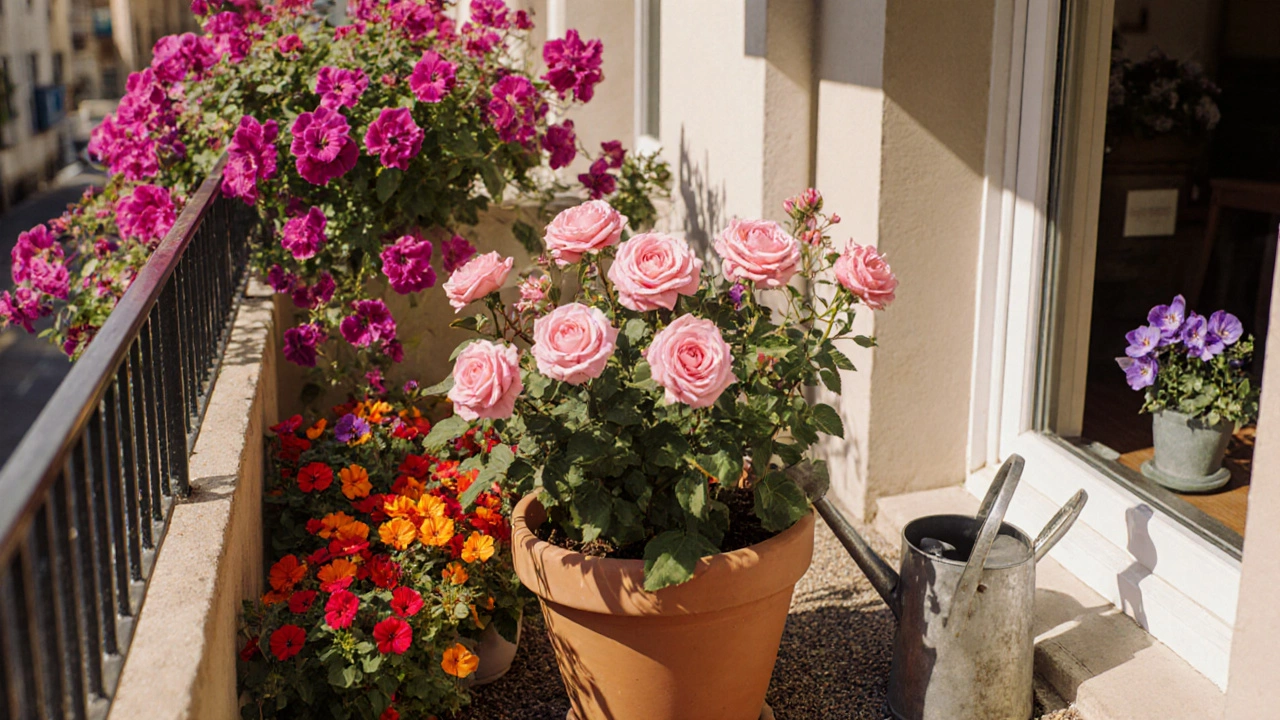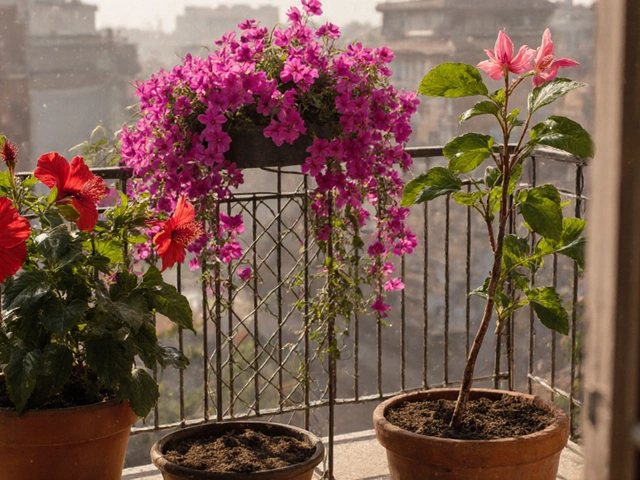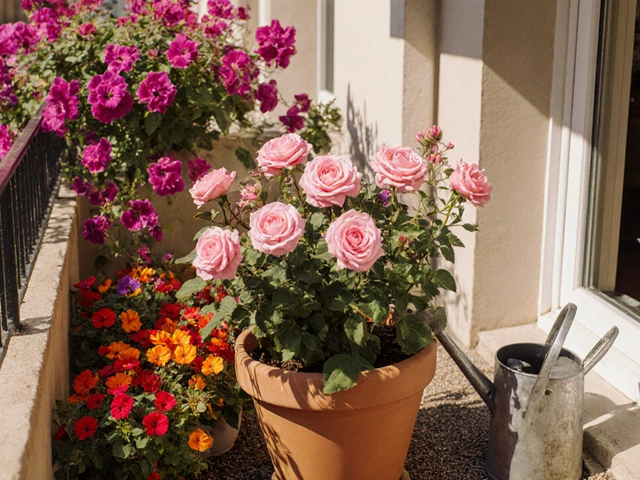UK Year-Round Flowering Plant Selector
Recommended Plants for Your Conditions
Key Takeaways
- Ever‑blooming plants keep colour in your garden from January to December.
- Choose varieties that suit the UK climate - most need a sunny spot and well‑drained soil.
- Regular feeding, pruning and the right container size are the three maintenance habits that guarantee continuous display.
- Combine indoor and outdoor species for an uninterrupted floral calendar.
What is an Ever‑Blooming Plant?
When gardeners ask for a plant that plants that flower all year, they are looking for an ever‑blooming plant is a plant that produces flowers throughout the entire calendar year, regardless of the season. These plants typically have a growth cycle that includes multiple flushes of buds, often triggered by temperature swings or changing daylight. In the UK, where winters are cool and days short, success hinges on selecting species that tolerate mild frost and can restart growth after a dormant spell.
Climate Basics for Year‑Round Flowering in the UK
The British climate offers moderate rainfall but can be unpredictable in winter. To keep any plant feeding its buds nonstop, consider three environmental pillars:
- Light: Most ever‑blooming species demand at least six hours of direct sunlight. South‑facing walls, balcony railings or sunny windowsills are ideal.
- Temperature: While many perennials tolerate light frosts, a stable range between 5°C and 18°C encourages steady growth. Use fleece covers or move potted plants indoors when temperatures dip below -2°C.
- Soil drainage: Waterlogged roots stifle bud formation. Incorporate coarse sand or grit into garden beds and ensure pots have drainage holes.
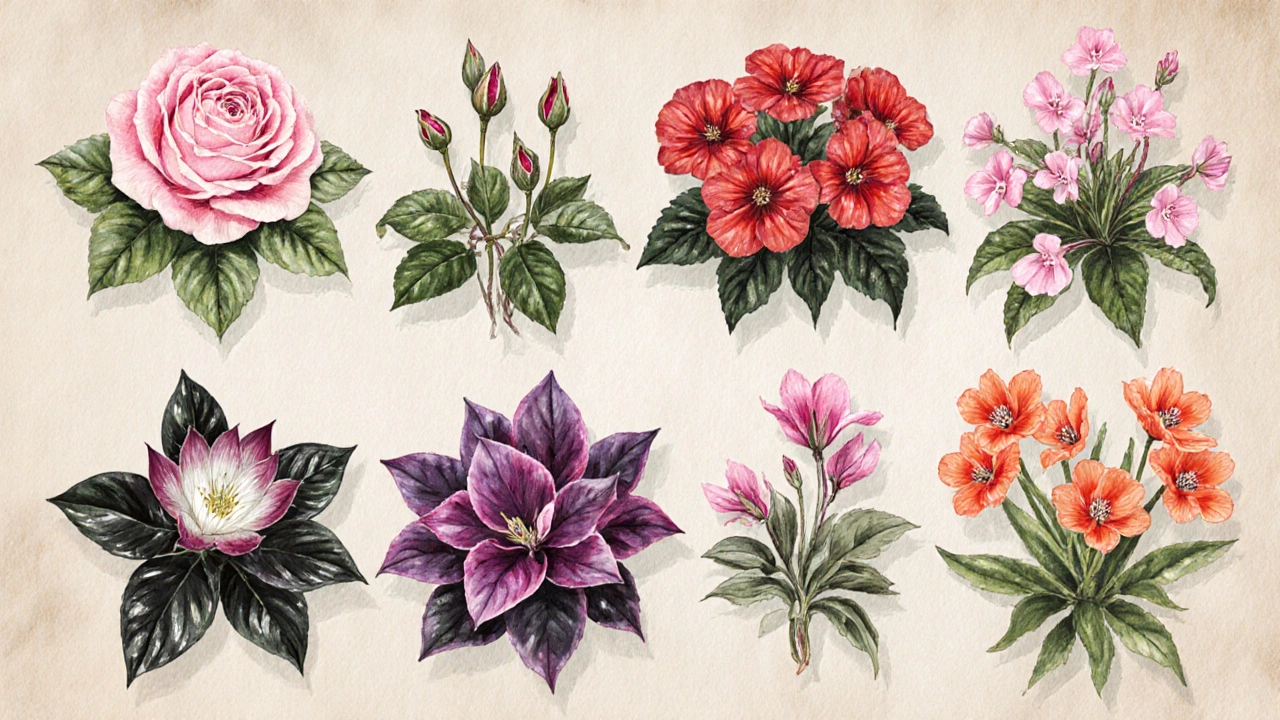
Top 8 Plants That Flower All Year in the UK
Below are the most reliable choices, each introduced with a micro‑data definition for quick reference.
Roses (ever‑blooming varieties)
Ever‑blooming roses, such as ‘‘Adventure’’ and ‘‘Radrazz’’, produce clusters of blooms from late spring through frost. They thrive in well‑amended loam, need regular feeding with a balanced 10‑10‑10 fertilizer, and benefit from weekly deadheading.
Geranium (Pelargonium)
Hardy geraniums are classic terrace plants. They flower continuously when placed in a sunny spot and kept moist but not soggy. In cooler months, protect the roots with a layer of mulch.
Impatiens (New Guinea)
NewGuinea impatiens are shade‑loving, making them perfect for north‑facing borders. Their prolific blooms persist from early summer until the first hard freeze, provided you water consistently.
Bougainvillea
Although a tropical climber, bougainvillea can survive outdoors in southern England. In Brighton’s mild climate, it will keep bracts vivid from May to November, and indoor cultivation can push it into winter.
Hellebore (Lenten rose)
Hellebores break winter boredom by flowering in late winter or early spring. Their evergreen foliage continues to support new buds, giving a sense of continuity throughout the colder months.
Camellia
Camellias, especially ‘‘Korean’’ hybrids, burst into glossy pink or white blossoms from November to March. They prefer acidic soil and a sheltered spot protected from harsh winds.
African violet
These compact indoor beauties flower year‑round under bright, indirect light. Keep the soil moist and feed with a weak liquid fertilizer every two weeks for abundant blooms.
Kalanchoe
Kalanchoe “flaming sword” produces clusters of red, orange, or yellow flowers almost continuously when given a warm spot (18‑22°C) and a fortnight of darkness each month to encourage blooming.
Side‑by‑Side Comparison
| Plant | Light Needed | Winter Hardiness (°C) | Typical Bloom Period | Maintenance Level |
|---|---|---|---|---|
| Ever‑blooming Roses | Full sun | -5 to 10 | May-Oct (with frost protection, can extend to Dec) | Medium |
| Geranium (Pelargonium) | Full sun to light shade | -2 to 5 | Jun-Feb (indoors) | Low |
| Impatiens (New Guinea) | Partial shade | 0 to 5 | Jun-Nov | Low |
| Bougainvillea | Full sun | 5 (needs shelter) | May-Oct (indoors year‑round) | Medium |
| Hellebore | Partial shade | -10 to 5 | Feb-Apr (foliage supports next year) | Low |
| Camellia | Part shade | -5 to 5 | Nov-Mar | Medium |
| African violet | Bright indirect | Indoors (18‑24) | All year | Low |
| Kalanchoe | Bright indirect | Indoors (18‑22) | Oct-Apr (with dark period) | Low |
Designing a Continuous‑Bloom Garden
To keep colour flowing, layer plants with overlapping bloom windows. Start with a winter anchor such as hellebore, add a spring‑summer bridge like camellia, then fill the heat of July with bougainvillea or geraniums. For balconies, arrange pots in a tiered rack so taller climbers don’t shade low‑light lovers.
Three practical steps guarantee success:
- Soil preparation: Mix two parts garden loam, one part compost, and a handful of sharp sand. For acid‑loving camellias, add peat moss.
- Feeding schedule: Use a slow‑release fertilizer in early spring, then a liquid high‑potash feed every six weeks during active growth.
- Pruning rhythm: Remove spent blooms right after they fade (deadheading) to coax the plant into the next flush. For woody roses, prune hard in late winter to shape and promote new shoots.
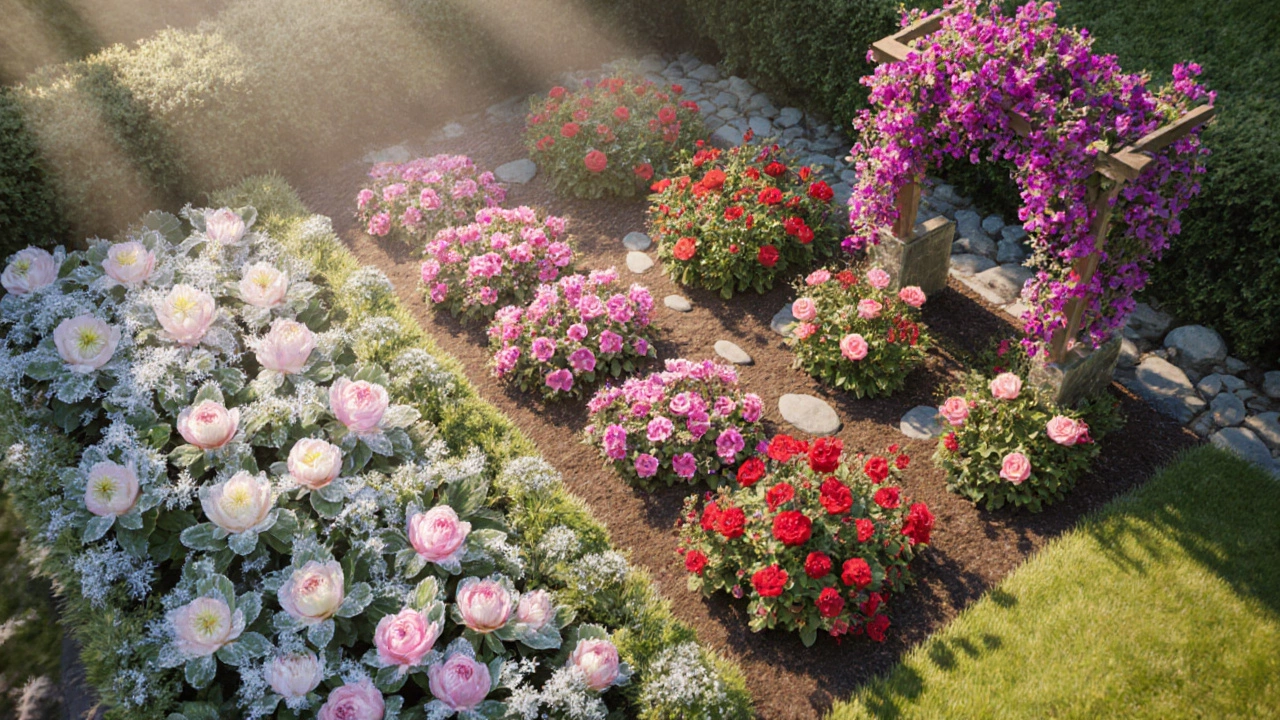
Common Pitfalls and Pro Tips
- Over‑watering: Many evergreen bloomers choke in soggy soil. Stick your finger 2cm deep - if it feels damp, hold off.
- Insufficient light: Even shade‑tolerant species need at least a few hours of indirect sun. Use reflective panels on balconies to boost light intensity.
- Pest surprise: Spider mites love the undersides of geranium leaves. A weekly spray of neem oil keeps them at bay without harming beneficial insects.
- Winter neglect: Forgetting to mulch can expose roots to sudden frosts. A 5cm layer of shredded leaves is cheap and effective.
Year‑Round Maintenance Checklist
- Check soil moisture twice a week; water early morning.
- Deadhead spent flowers every 7‑10 days.
- Apply slow‑release fertilizer in March and September.
- Inspect leaves for pests; treat immediately.
- Rotate potted plants monthly to ensure even light exposure.
- Re‑pot larger species (bougainvillea, roses) every 2‑3 years with fresh compost.
Frequently Asked Questions
Can I grow year‑round flowering plants on a sunny balcony?
Absolutely. Choose compact, container‑friendly species like geranium, African violet, or a dwarf bougainvillea. Use a lightweight potting mix, provide at least six hours of sun, and protect from wind. Regular fertilising and deadheading will keep them prolific.
Do ever‑blooming roses need special pruning?
Yes. Prune hard in late winter (late February) to shape the plant and remove old wood. After the first major flush, thin out crowded stems and deadhead every week to push the plant into another bloom cycle.
What indoor conditions do African violets need for continuous blooming?
Place them on a windowsill with bright, indirect light (north‑east exposure works well). Keep the soil evenly moist - never let it dry out completely. Feed with a balanced liquid fertilizer every two weeks and remove wilted leaves promptly.
Is it possible to keep bougainvillea flowering through the British winter?
In most of England you’ll need to bring bougainvillea indoors or into a greenhouse when temperatures fall below 5°C. Provide at least six hours of direct sunlight (a sunny conservatory works) and keep the soil slightly on the dry side during dormancy. Once spring returns, move it back outside and you’ll see the bracts bloom again.
How often should I deadhead hellebore flowers?
Cut the spent flower stems just above the first set of healthy leaves. Doing this as soon as the blooms fade (usually late winter) prevents the plant from putting energy into seed production and encourages a fresh flush in early spring.
